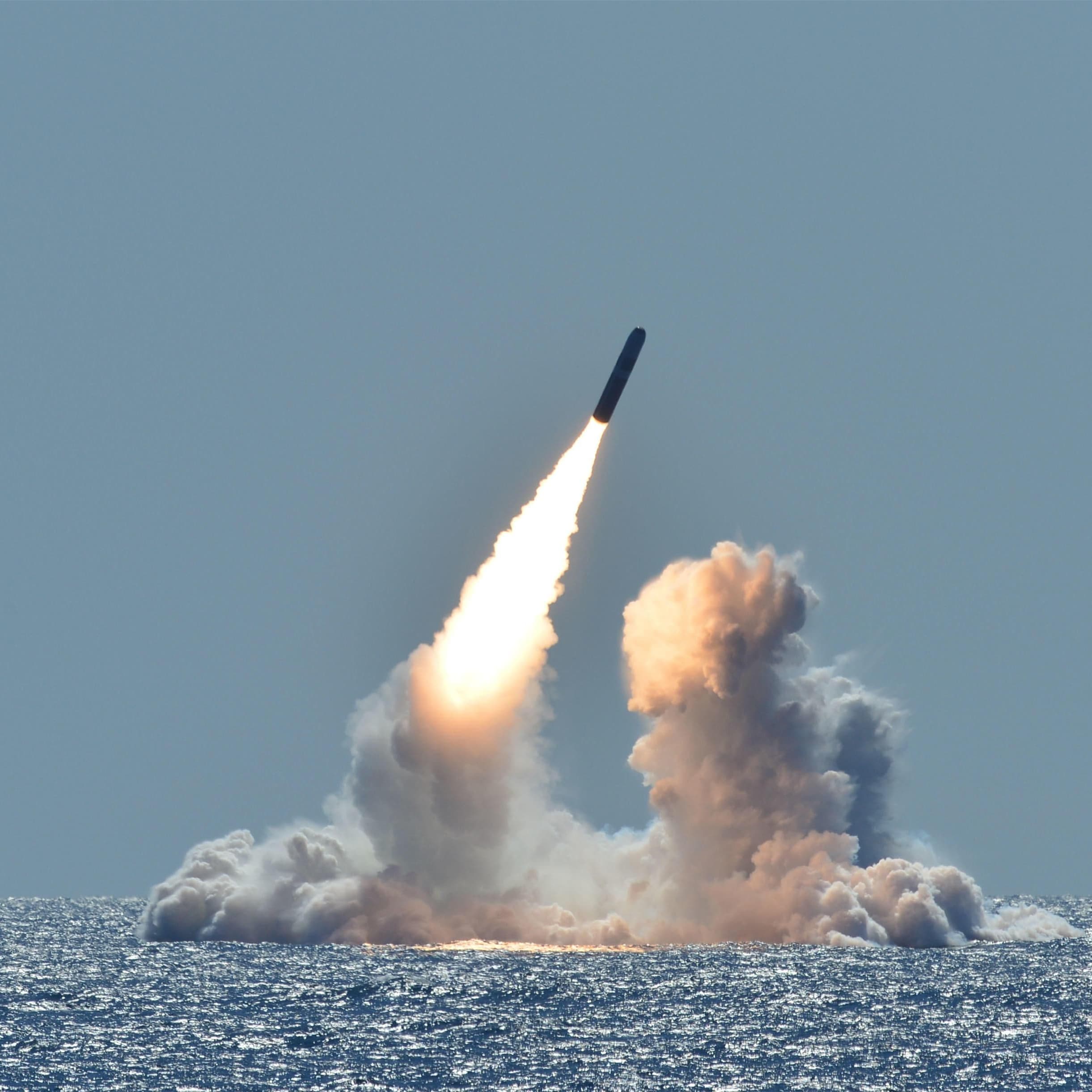The difference between cast AlNiCo and sintered AlNiCo magnet
Cast AlNiCo and sintered AlNiCo are both AlNiCo magnets, but they are different from each other, especially in production process, characteristics and application.
Manufacturing Process:
Cast AlNiCo magnet: This type is made by pouring a molten alloy into a mold and then allowing it to cool and solidify. This process results in a material with good magnetic properties and shape versatility.
Sintered AlNiCo magnet: Sintering involves compacting fine AlNiCo powder in a mold under high pressure and then heating it to just below its melting point. This process fuses the powder particles together, creating a solid material. Sintering generally results in a denser and more uniform structure compared to casting.
Properties:
Cast AlNiCo magnet: Generally has higher properties than sintered AlNiCo. Cast AlNiCo tends to have a lower density and may show some dimensional variation due to the casting process.
Sintered AlNiCo magnet: Generally has the ability to make smaller and more complex products. Sintered AlNiCo also tends to have a higher density and better dimensional accuracy due to the nature of the sintering process.
Applications:
Cast AlNiCo magnet: Suitable for applications where complex shapes are required or magnetic strength is not a primary consideration. Commonly used in instruments, sensors, and small motors.
Sintered AlNiCo magnet: Suitable for applications that require complex shapes or less demanding magnetic strength, such as sensors, relays, and certain types of motors, where high stability and strength are critical.
Cost and Availability:
Cast AlNiCo magnet: Generally more economical to produce in small quantities and offers more flexibility in design due to the casting process.
Sintered AlNiCo magnet: Usually more expensive due to the higher manufacturing costs associated with the powder processing and sintering steps. However, it provides superior magnetic properties and consistency.



